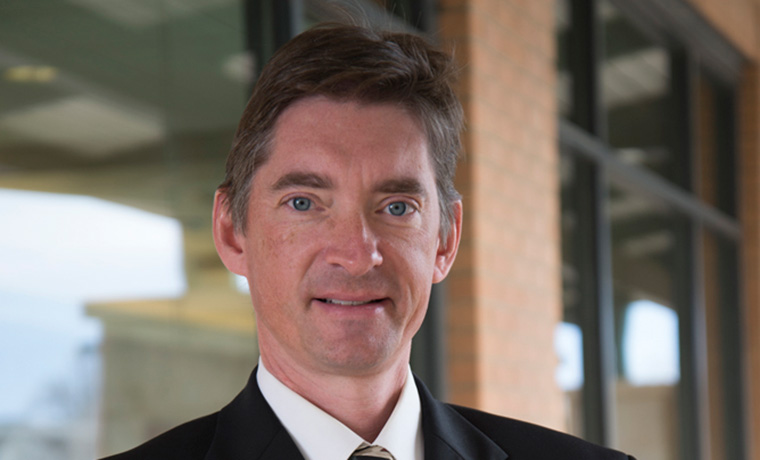Dr. Brian Nichols: 'Laser Cataract Surgery Can be Safer, More Precise'

Aging-related cataracts affect virtually everyone at some point. In fact, by age 80, more than half of all Americans either have a cataract or have had cataract surgery.
“As we age, the lens that focuses light rays onto the back of the eye starts to cloud, causing images to be blurred, dark and distorted. This clouding is called a cataract,” ophthalmologist Brian Nichols, MD, PhD, with Boulder Eye Surgeons explained to more than 200 audience members viewing a free BCH health lecture online or in-person.
"When a cataract makes it significantly hard to see and begins to interfere with quality of life, you can undergo cataract surgery. During the procedure, we remove and replace the cloudy lens with an artificial intraocular lens implant, or IOL,” he said.
______________________________________________________________________________
VIDEO ALERT: Watch Dr. Nichols' lecture on "Advances in Cataract Surgery."
______________________________________________________________________________
Cataract Symptoms
Cataracts usually develop slowly. New glasses, brighter lighting, anti-glare sunglasses or magnifying lenses can help at first. Symptoms include the following:
- Blurry vision
- Colors that seem faded
- Glare - headlights, lamps or sunlight may seem too bright. You may also see a halo around lights.
- Not being able to see well at night
- Double vision
- Frequent prescription changes in your eye wear
Cataract Surgery Basics
Cataract surgery is one of the most common procedures performed in the U.S. It also is one of the safest and most effective types of surgery.
Dr. Nichols said, “Greater than 95 percent of people who have cataract surgery experience better vision afterwards. The surgery is quick, often taking less than 20 minutes, usually painless, performed without admission to the hospital and does not require general anesthesia."
Most modern cataract procedures involve the use of phacoemulsification — a high-frequency ultrasound device that disintegrates the cloudy lens into small pieces.
“The pieces are then gently removed from the eye with suction through tiny micro incisions,” Dr. Nichols explained. “After all pieces of the cloudy lens have been removed, we insert the artifcial IOL.”
Laser Cataract Surgery Can Treat Both Cataracts and Other Vision Problems
Dr. Nichols spent time describing laser cataract surgery — one of the latest options for treating cataracts. It replaces the manual use of blades during cataract surgery with the precision, accuracy and safety of a laser.
"Using a computerized high-resolution scanning system, we’re able to customize the procedure to your eye’s unique characteristics. This allows for the removal of a cataract with greater precision, predictability and safety than in traditional cataract surgery," Dr. Nichols explained. "With more accurate incision creation, cataract disassembly and IOL positioning, the laser offers the potential for reduced inflammation and recovery time, as well as increased accuracy of visual correction."
Optimized Cataract Removal Can Potentially Eliminate the Need for Glasses
Laser cataract surgery, when combined with advanced IOLs, can address cataracts in addition to other vision problems such as nearsightedness, farsightedness, astigmatism or presbyopia (age-related vision loss).
Dr. Nichols added, "By customizing the surgery to your eye's anatomy and implanting an advanced IOL, laser cataract surgery can result in improved postoperative vision and offers the potential for the reduction of eyeglass dependence.”
Watch this video to learn more about laser cataract surgery.
View PowerPoint slides from the lecture on “Advances in Cataract Surgery.”
Want to receive notification of special events and lectures? Sign up to receive email notifications